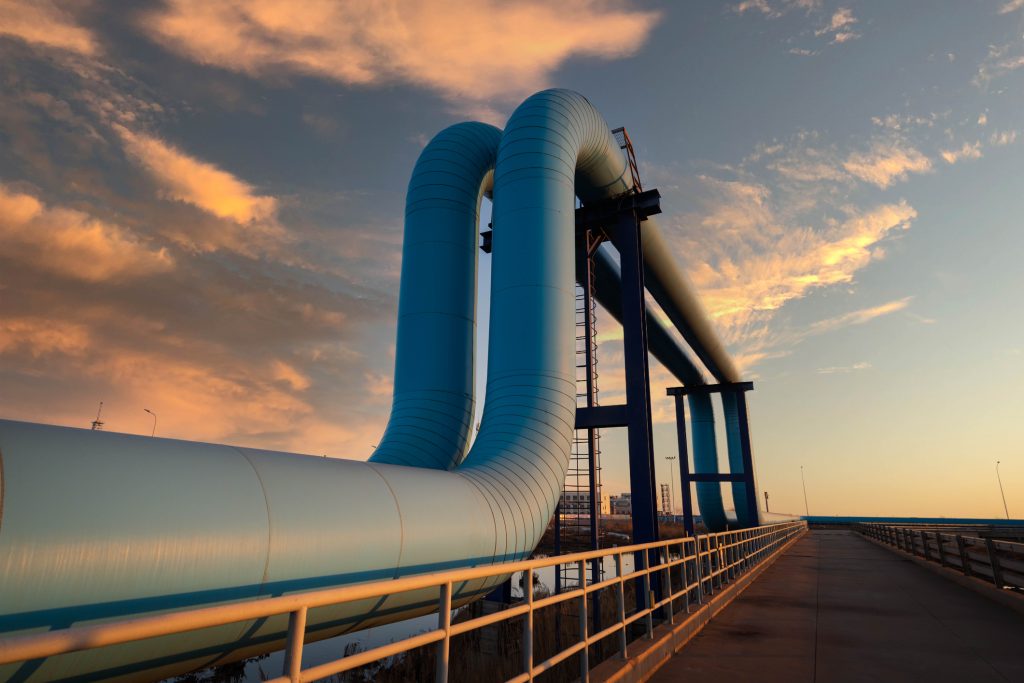Syllabus:
GS3: Infrastructure: Energy, Ports, Roads, Airports, Railways etc.
Context:
Recently, the Petroleum and Natural Gas Minister laid out India’s comprehensive strategy for strengthening upstream exploration and production, energy resilience, and international cooperation at Urja Varta 2025.
More on the News
- Urja Varta is India’s premier upstream oil and gas conclave, with the 2025 event being its second edition.
- The theme is “Collaborate, Innovate, Synergize”.
- It is organised at Bharat Mandapam, New Delhi, by the Directorate General of Hydrocarbons (DGH) and held under the patronage of the Ministry of Petroleum and Natural Gas (MoPNG).
- Urja Varta 2025 reaffirmed India’s steadfast commitment to building a robust, transparent, and investor-friendly upstream energy ecosystem.
- The India Hydrocarbon Outlook 2024–25, the 32nd edition of DGH’s flagship report, was released at the event
It provides data-driven insights for shaping future exploration and production (E&P) strategies and investment decisions.
Upstream Energy Strategy
- Oilfields Regulation and Development Act (ORDA): Exploration framework under this has a co-designed approach, a single lease and approval mechanism, transparent operational rules, and the introduction of a “no-sit” clause to eliminate inactive acreage.
- Supply Diversification: India has proactively expanded its crude import sources from 27 to 40 countries, ensuring uninterrupted energy access during periods of global turbulence.
This has made India a net stabilising force in global energy markets. - Infrastructural Investment: India has invested over ₹4 lakh crore in energy infrastructure over the past decade, and is expected to invest ₹30–35 lakh crore over the next 10 years.
- Revamping Rules: Revision of the PNG Rules and model revenue sharing contract (MRSC), aimed at enhancing policy clarity, boosting investor confidence, and furthering Ease of Doing Business.
- Cooperative Federalism: Union Minister underlined the crucial role played by State governments in facilitating energy development projects.
- Geological Studies: A Memoranda of Understanding (MoU) was signed at the event between Bharat Petroleum and Oil and Natural Gas Corporation for stratigraphic well studies to deepen understanding of India’s subsurface geology.
- Digitisation: An MoU was also concluded between DGH and National Informatics Centre (NIC) to establish a cloud-based National Data Repository for transparent and centralised upstream data management.
Potential for Growth
- High Demand: In the last five years, India has contributed 16% to the global increase in oil demand and is expected to account for nearly 25% of the incremental global energy demand through 2045.
- New Oilfields: The Hydrocarbon Exploration and Licensing Policy (HELP) and amendments to the ORD Act have opened nearly 1 million square kilometres of previously inaccessible “No-Go” areas to exploration, thereby unlocking significant resource potential.
- Offshore Energy: There is a significant hydrocarbon potential in the Andaman Basin comparable to the prolific Guyana basin. It can help India become the next credible frontier for deepwater oil and gas exploration.

